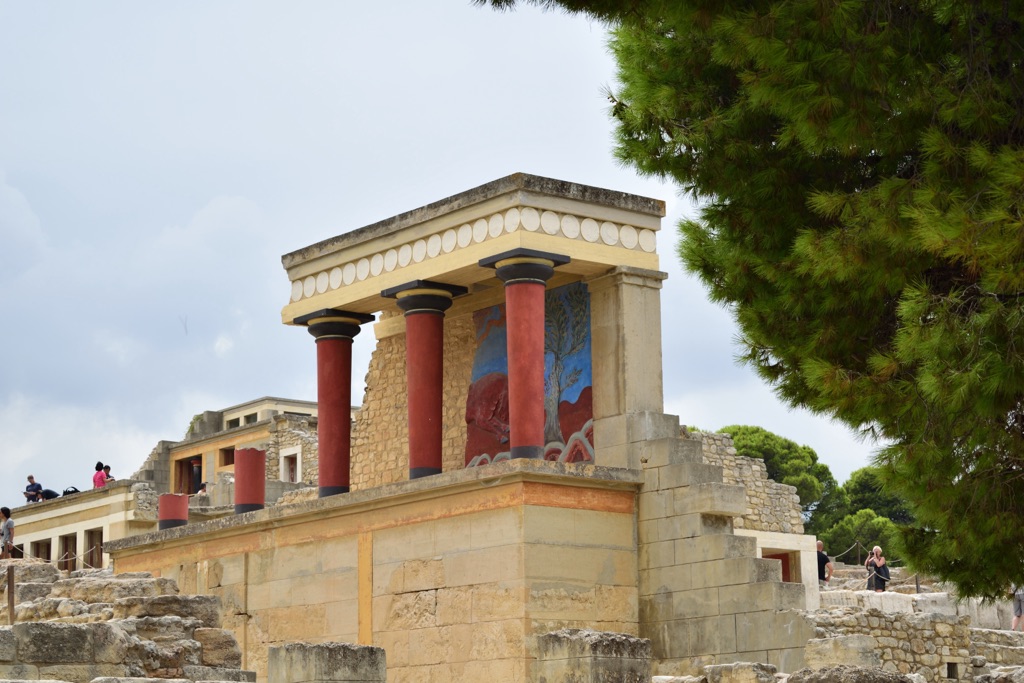The Minoan Palace of Knossos, a monumental symbol of the Minoan civilization, stands as a testament to Crete’s ancient history. This archaeological marvel, believed to be the mythical Labyrinth of King Minos, was once the ceremonial and political center of the Minoan culture. Its complex multi-story buildings, elaborate frescoes, and advanced infrastructure reflect a sophisticated society that thrived during the Bronze Age. The palace’s discovery in the early 20th century provided invaluable insights into the art, religion, and daily life of the earliest European civilization.
Get your dose of History via Email
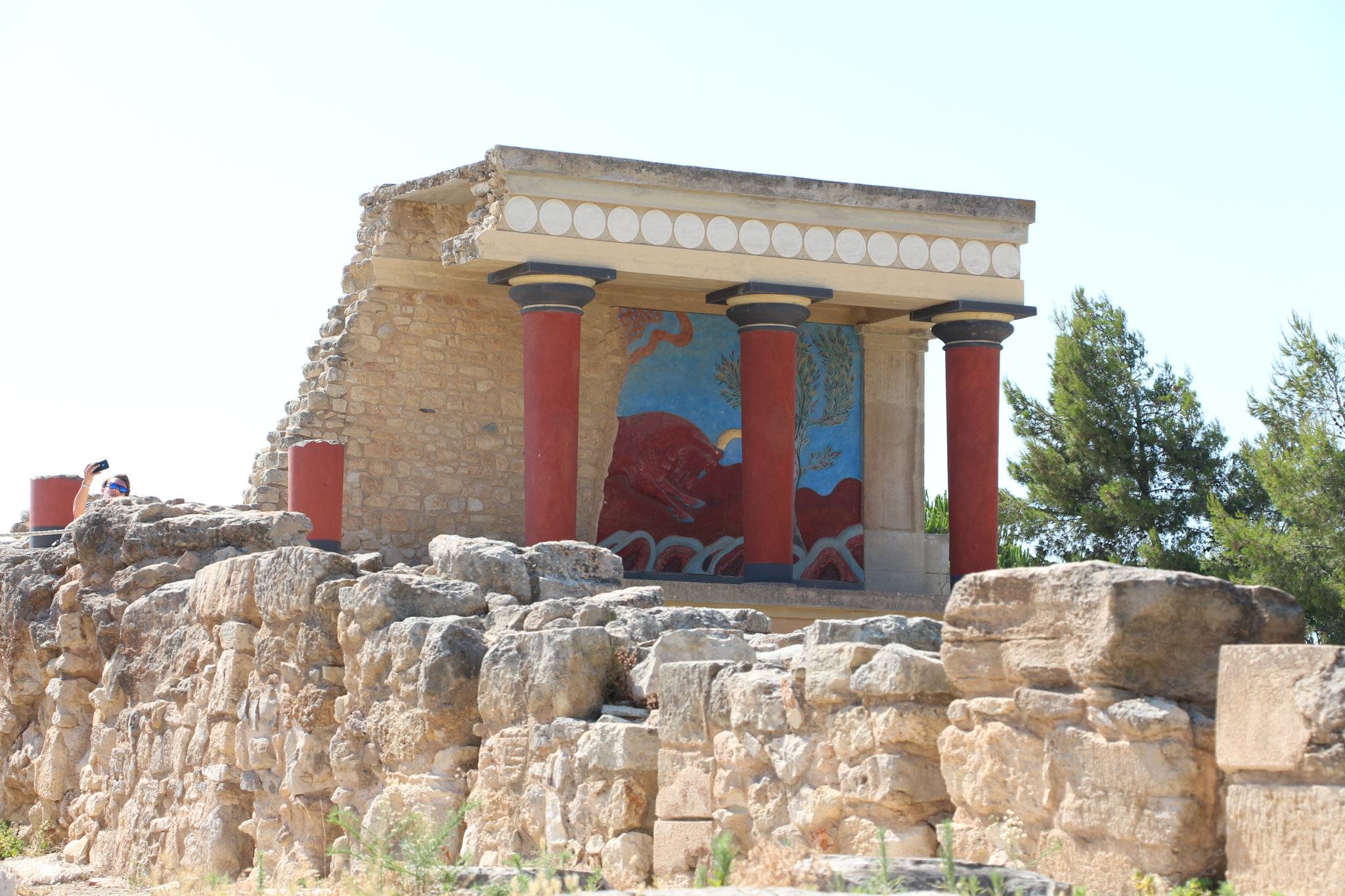
Historical Background of the Minoan Palace of Knossos
The Minoan Palace of Knossos, discovered by archaeologist Sir Arthur Evans in 1900, has captivated historians and tourists alike. Evans, who named the civilization after the legendary King Minos, conducted extensive excavations and restorations. The palace’s construction dates back to around 2000 BC, with the Minoans as its creators. Over time, it experienced several phases of construction and destruction, with the most significant damage occurring around 1450 BC, possibly due to natural disasters or foreign invaders.
Knossos was not only a royal residence but also a political and religious hub. It housed administrative offices, workshops, and shrines. The palace’s intricate layout, with its numerous rooms and corridors, gave rise to the myth of the Labyrinth. After the fall of the Minoans, the Mycenaeans took over the site, leaving their own cultural imprints. The palace’s significance continued into later periods, serving various roles through the Classical, Roman, and Byzantine eras.
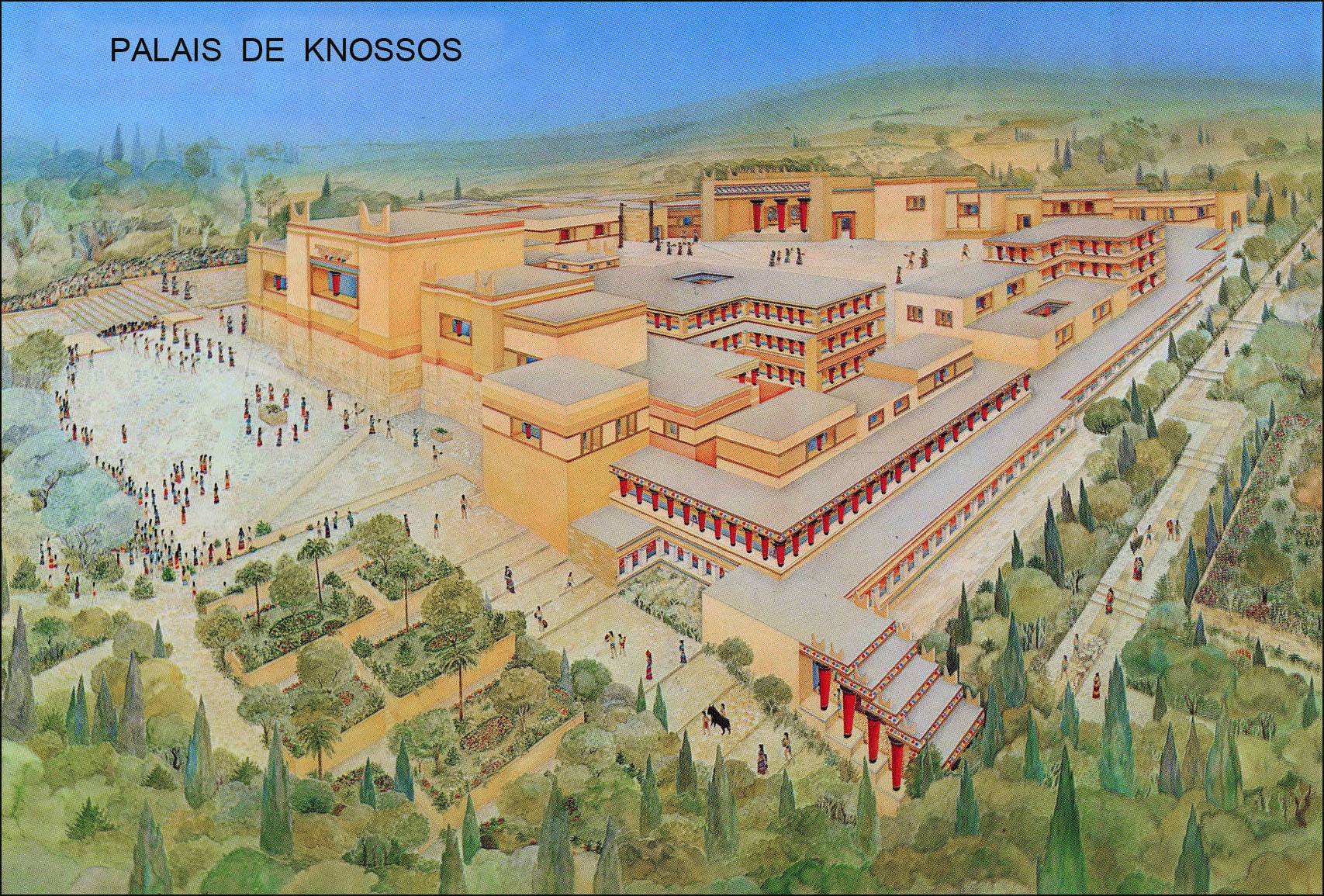
The site’s rediscovery brought to light its historical importance, revealing a wealth of artifacts and frescoes. These findings provided a glimpse into Minoan life, depicting scenes of religious rituals, sports, and nature. The palace’s advanced features, such as an elaborate drainage system and the use of pithoi for storage, underscore its historical significance. Knossos became a scene of scholarly debate, with Evans’ reconstructions criticized for their speculative nature, yet they remain a key part of the site’s allure.
Knossos’ history is marked by its resilience. Despite the natural disasters and invasions it endured, the site continued to be inhabited and repurposed. This adaptability is a testament to its architectural prowess and the ingenuity of its builders. The palace’s influence extended beyond its walls, shaping Minoan culture and leaving an indelible mark on the island of Crete.
The palace’s excavation and ongoing research have shed light on the Minoans’ interactions with other ancient civilizations. Trade artifacts found at the site indicate a network that reached Egypt, the Near East, and possibly even the mainland of Greece. Knossos stands as a crucial piece in the puzzle of understanding the prehistoric Aegean world and its connections to the broader ancient Mediterranean.
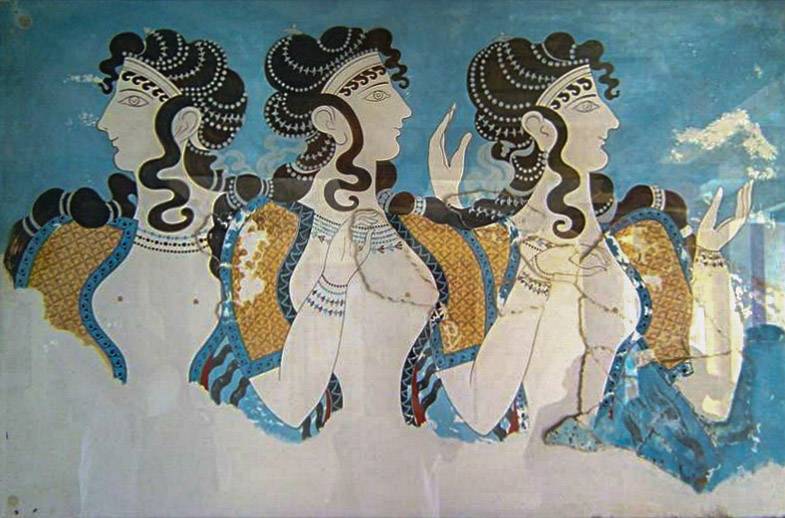
About the Minoan Palace of Knossos
The Minoan Palace of Knossos, sprawling across approximately 20,000 square meters, is an architectural marvel of the ancient world. Its complex layout includes over 1,000 rooms connected by corridors of varying sizes, arranged around a central courtyard. The palace’s construction utilized limestone and gypsum, with timber used for ceilings and floors. The Minoans employed advanced architectural techniques, such as light wells and tiered seating, which were ahead of their time.
One of the palace’s most striking features is its vibrant frescoes. These artworks depict scenes from nature, religious ceremonies, and everyday life, showcasing the Minoans’ artistic prowess. The Throne Room, with its alabaster seat and griffins painted on the walls, is a highlight of the site. The palace also boasted impressive storage facilities, with giant clay jars, or pithoi, used to store oil, grains, and other goods.
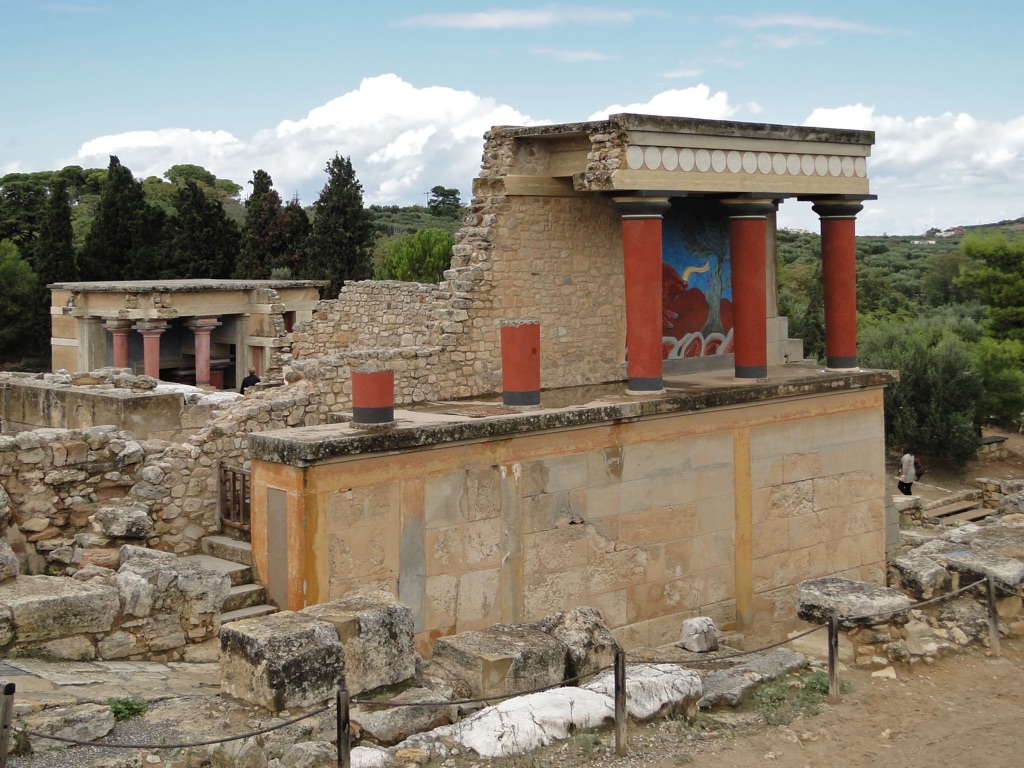
The palace’s infrastructure was remarkably sophisticated, with features like an advanced plumbing system that included flush toilets and terracotta pipes for drainage. The Minoans also engineered a complex water management system, ensuring a steady supply for the palace’s needs. The architectural design of Knossos reflects a deep understanding of spatial organization and functionality, serving both aesthetic and practical purposes.
Knossos’ grandeur is further evidenced by its ceremonial spaces, such as the Central Court, which likely hosted public gatherings and religious rituals. The palace’s multi-story design, with some areas reaching up to five stories, added to its imposing presence. The use of light and space in the palace’s design created an environment that was both functional and awe-inspiring.
The craftsmanship of the Minoans is evident in the intricate stonework and carpentry found throughout the palace. The use of columns, tapering from top to bottom, is a distinctive feature of Minoan architecture. The palace’s layout, with its complex network of rooms and passageways, has led some to speculate that it served as the inspiration for the myth of the Labyrinth, home to the Minotaur.
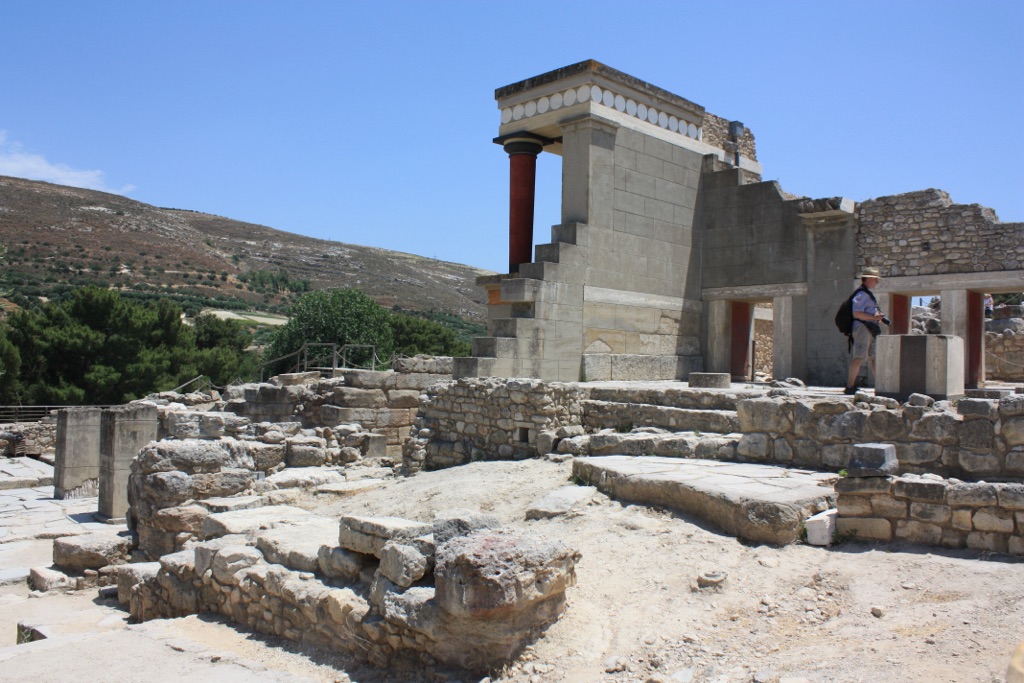
Theories and Interpretations
The Minoan Palace of Knossos is shrouded in mystery and has given rise to numerous theories and interpretations. Its labyrinthine design has been linked to the myth of the Minotaur, suggesting that the palace itself may have been the legendary Labyrinth. The presence of bull motifs and depictions of bull-leaping in the frescoes lend credence to this association.
Some scholars believe that the palace served as a religious center, with its numerous shrines and sacred symbols pointing to a complex spiritual life. Theories about matriarchal society or fertility cults have been proposed, based on the prominence of female figures in Minoan art. However, these interpretations are speculative and often debated among historians.
The purpose of certain architectural features, such as the so-called “piano nobile” or the use of light wells, has been subject to interpretation. These elements may have had ceremonial significance or been designed for ventilation and lighting. The advanced plumbing system has also been a topic of interest, showcasing the Minoans’ understanding of engineering and sanitation.
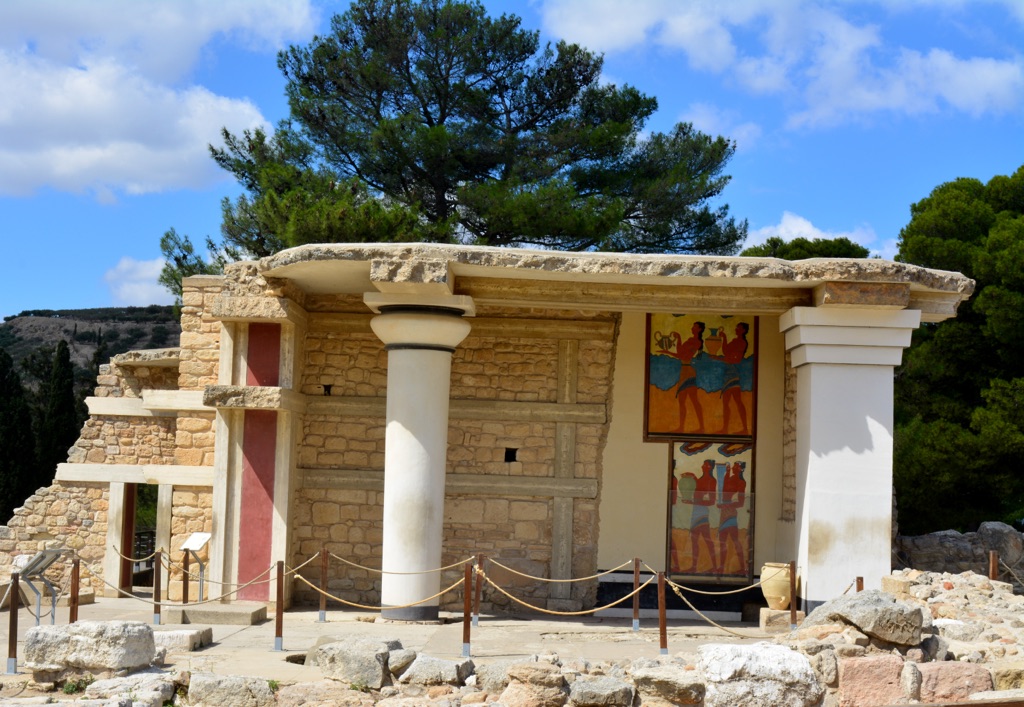
Archaeological dating of the site has been carried out using methods such as radiocarbon dating and pottery analysis. These techniques have helped establish a timeline for the various construction phases and destruction events at Knossos. The dating has provided a framework for understanding the broader context of Minoan civilization and its interactions with neighboring cultures.
Interpretations of the palace’s role in Minoan society continue to evolve as new discoveries are made. The site’s complexity and the richness of its artifacts have led to a dynamic field of study, where each finding can challenge or support existing theories. The ongoing research at Knossos ensures that the palace remains a focal point for understanding the ancient Aegean world.
At a glance
Country: Greece
Civilization: Minoan
Age: Approximately 4000 years old (2000 BC to 1450 BC)

